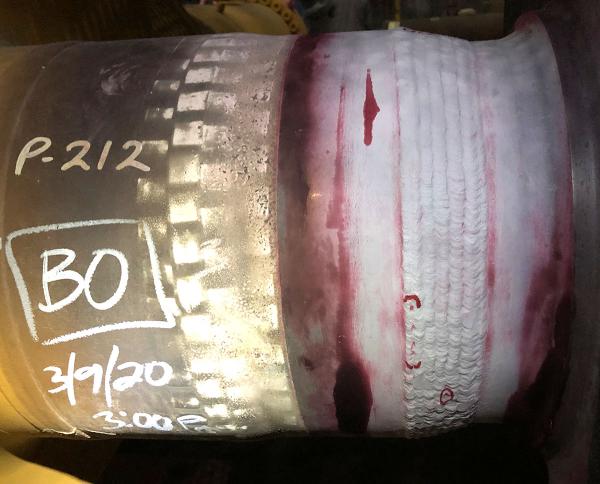
Liquid Penetrant Testing (PT) is a widely applied, cost-effective and highly reliable non-destructive testing method used to locate surface-breaking defects in ferrous, nonferrous, and non-porous materials. PT is typically used to detect discontinuities open to the testing surface from welding, casting, and forging processes, including porosity, seams, forging laps, fusion defects, undercut, laps, and hairline and service induced fatigue cracks.
Sound NDT Solutions offers multiple liquid penetrant techniques, which can be delivered in the field at customer jobsites using portable PT systems, or at our full-service NDT laboratory in Conroe Texas. We regularly perform batch component testing utilizing our Zyglo fluorescent penetrant workstations for our customers with high volume requirements.
PT is suitable for use on a wide variety of non-absorbent materials such as metals, ceramics and plastics; however, porous or overly rough materials are generally not suitable for penetrant testing. PT is highly sensitive and has a great capacity for detecting fine flaws and very small surface discontinuities. Penetrant testing is also well suited for inspection of extremely small or oddly shaped objects, allowing them to be inspected in situ or batch-tested in high volumes for improved efficiency.
Penetrant testing is achieved by applying a penetrant liquid to the test specimen’s surface. This liquid is drawn into any surface breaking discontinuity by capillary action. After a suitable amount of time, excess penetrant is removed from the inspection surface and a finely divided developer powder is applied. The developer draws residual penetrant from surface discontinuities, providing a visual indication of the discontinuity’s location and relative size.
Penetrant systems are available in color contrast, UV fluorescent, and dual mode (contrast and fluorescent) mediums. The type of test is determined by the individual testing environment, component size and location, and types of anticipated discontinuities.
 Contact Us
Contact Us +1 (936) 760-7774
+1 (936) 760-7774

